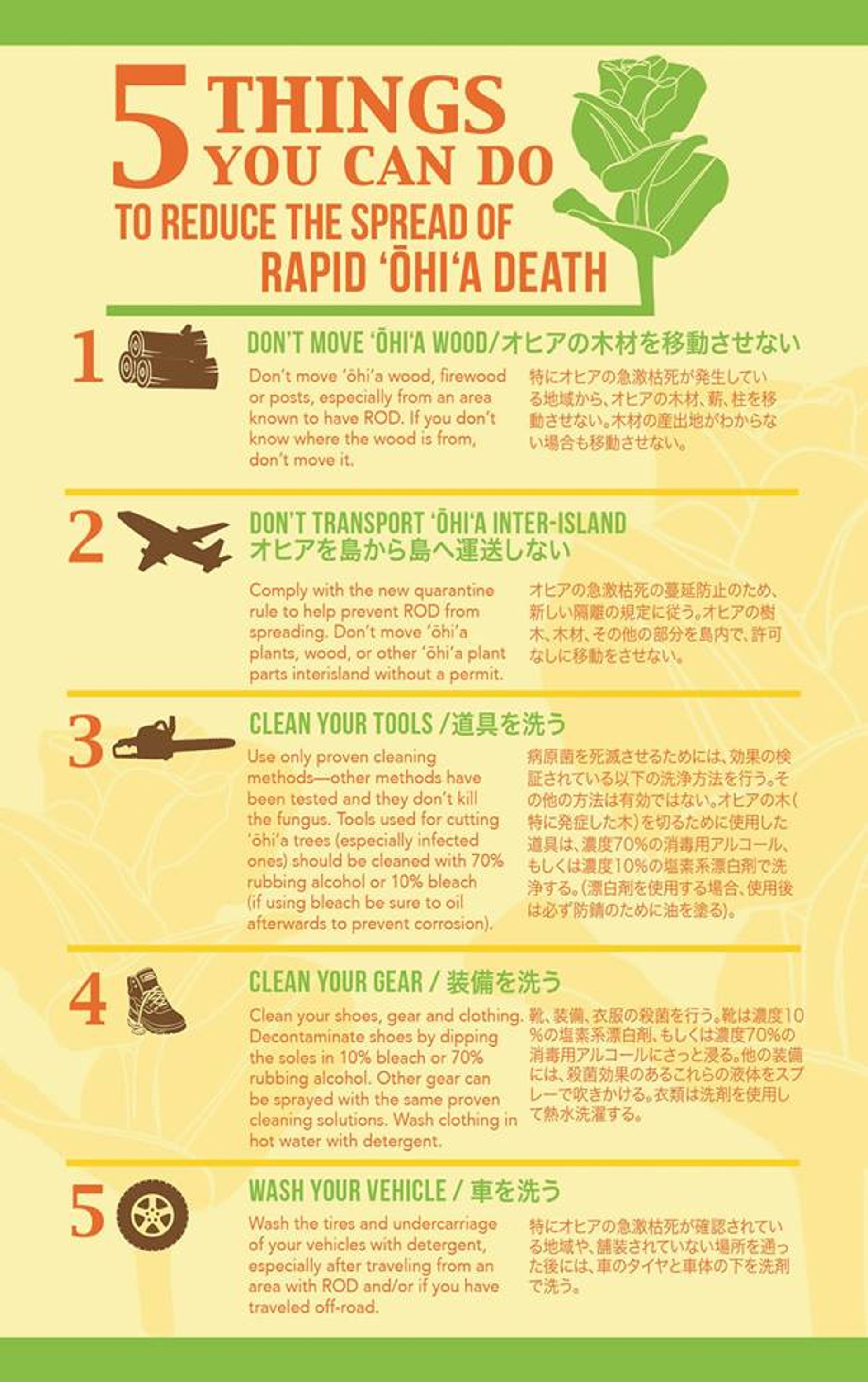Details:
- Length (one way): 4 mi / 6.44 km
- Elevation Change: 600 ft / 182.88 m
Once you are at the park proceed up the dirt road to the chain link gate. The gate will have regulation and safety information signs on it. Please read the signs and proceed up the road. This road is an easy hike through the lush forest of Kamananui Valley. Along the way, you will see numbered post that are references for a brochure once handed out to the public by the Moanalua Gardens Foundation. The Na Ala Hele program will be placing new interpretive signs at these sites. The road is unimproved and is only used by vehicles for management. Permits are not issued for public vehicle use of this road. The road has seven bridges that are accompanied with stream fords (armoured stream crossing). The road is a total of 4 miles from beginning to end. Making it 8 miles round trip. At roughly 2 miles up the road on your left is the Kulana‘ahane trail.
Descriptions for route, history, plants and birds were provided by Stuart Ball, author of The Hikers Guide to Oahu and other hiking books.
Campsites not designated. Camping is allowed with permit anywhere within the trail corridor (10 feet from center line) except for at the "Education Forest Project Site." Permit must be printed, signed and in your possession while camping.
As access to campsites requires stream crossings, IT IS NOT RECOMMENDED TO HIKE THIS TRAIL DURING HEAVY RAINS due to the possibility of flash flooding.
For more information visit State of Hawaii Camping website: https://camping.ehawaii.gov/camping/all,details,31721.html




